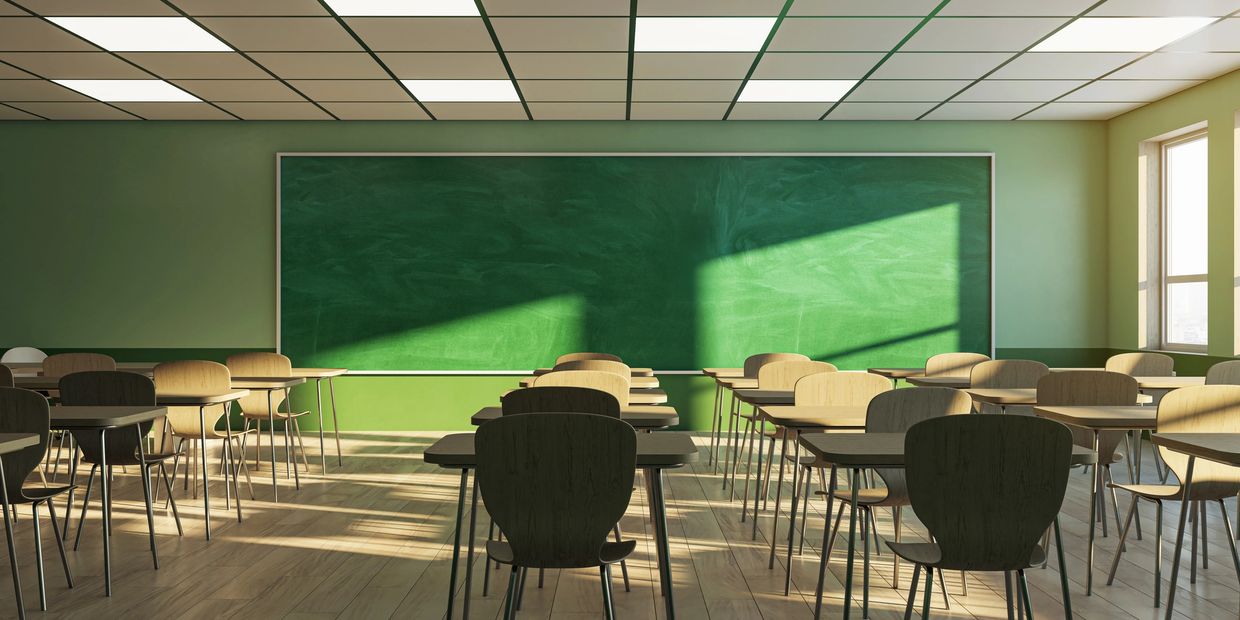Find the right solution for your school

Classroom Safety
Classroom safety involves protecting students and staff during emergencies, especially active shooter situations. Securing the classroom door is crucial, as it creates a barrier between the shooter and those inside, buying time for authorities to respond. This simple step can significantly increase survival chances.

Emergency Notification
Emergency notification systems in schools enable quick communication during crises. Mobile and stationary panic buttons, phones, and apps allow staff to alert security or initiate lockdowns instantly. These tools ensure fast, coordinated responses to threats, but which solution is best for you?

Video Surveillance
Video surveillance in schools uses cameras to monitor and record activity in real-time, enhancing security. It helps deter potential threats, provides evidence in case of incidents, and allows for remote monitoring. This system supports a safer environment by providing constant oversight of school grounds.

Weapons Detection
Weapons detection in schools involves using technology to identify firearms or other weapons before they enter the building. Options include metal detectors, radar systems, and AI video analytics. There's a few ways to detect and prevent weapons, but what's right for you? We’ll help by addressing the pros and cons of each.

Access Control
Access control in schools involves managing who can enter the premises through secure entry points. Using systems like keycards, biometric scanners, or PIN codes, access control ensures only authorized staff, students, and visitors can enter specific areas, enhancing safety and preventing unauthorized access.

Video Intercom
Video intercoms and video intercom readers in school environments allow secure, real-time communication between visitors and school staff. Visitors are visually verified before gaining access, enhancing safety. These systems help control entry, monitor interactions, and ensure only authorized individuals enter.
Reviews
This website uses cookies.
We use cookies to analyze website traffic and optimize your website experience. By accepting our use of cookies, your data will be aggregated with all other user data.
